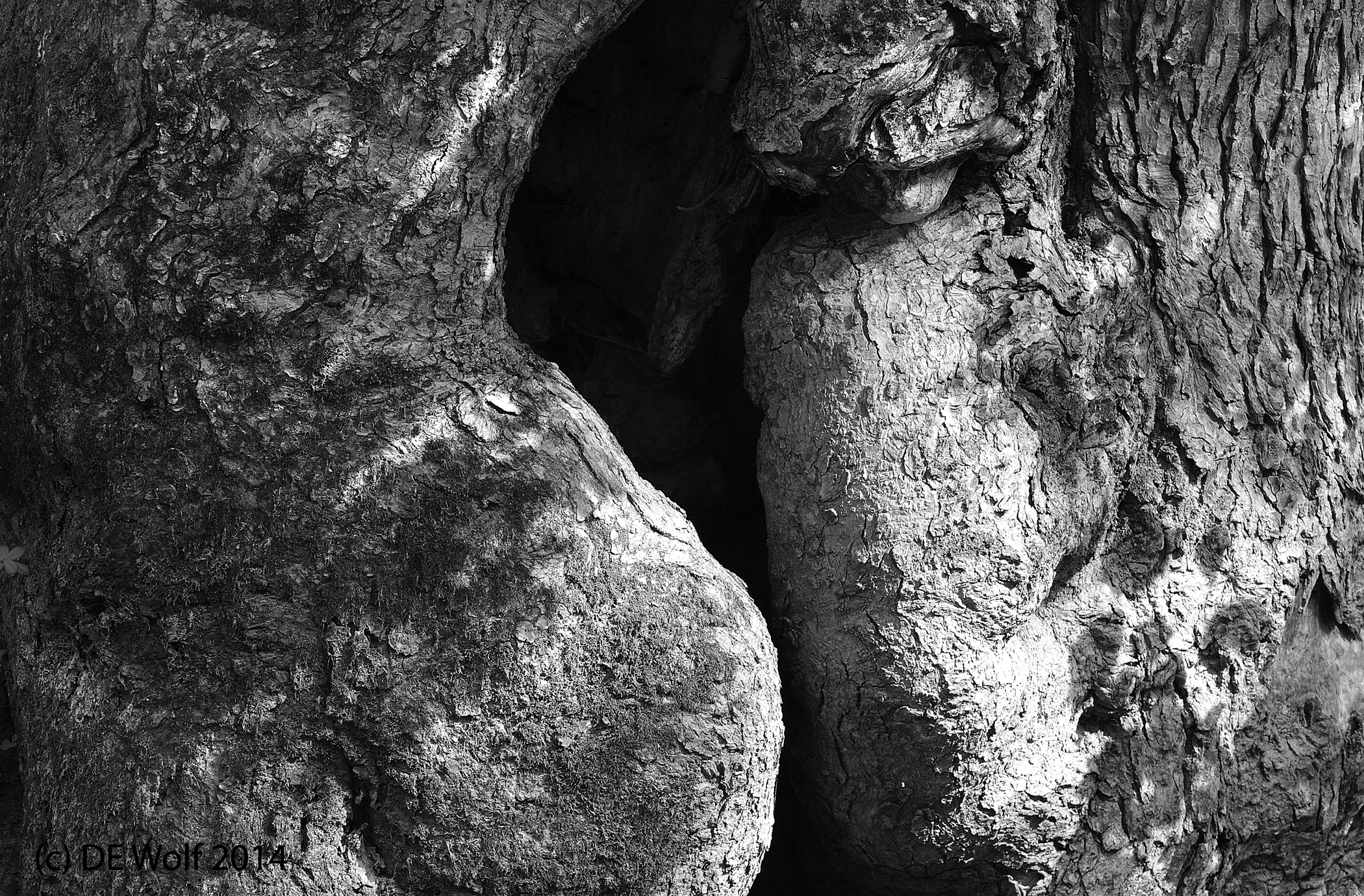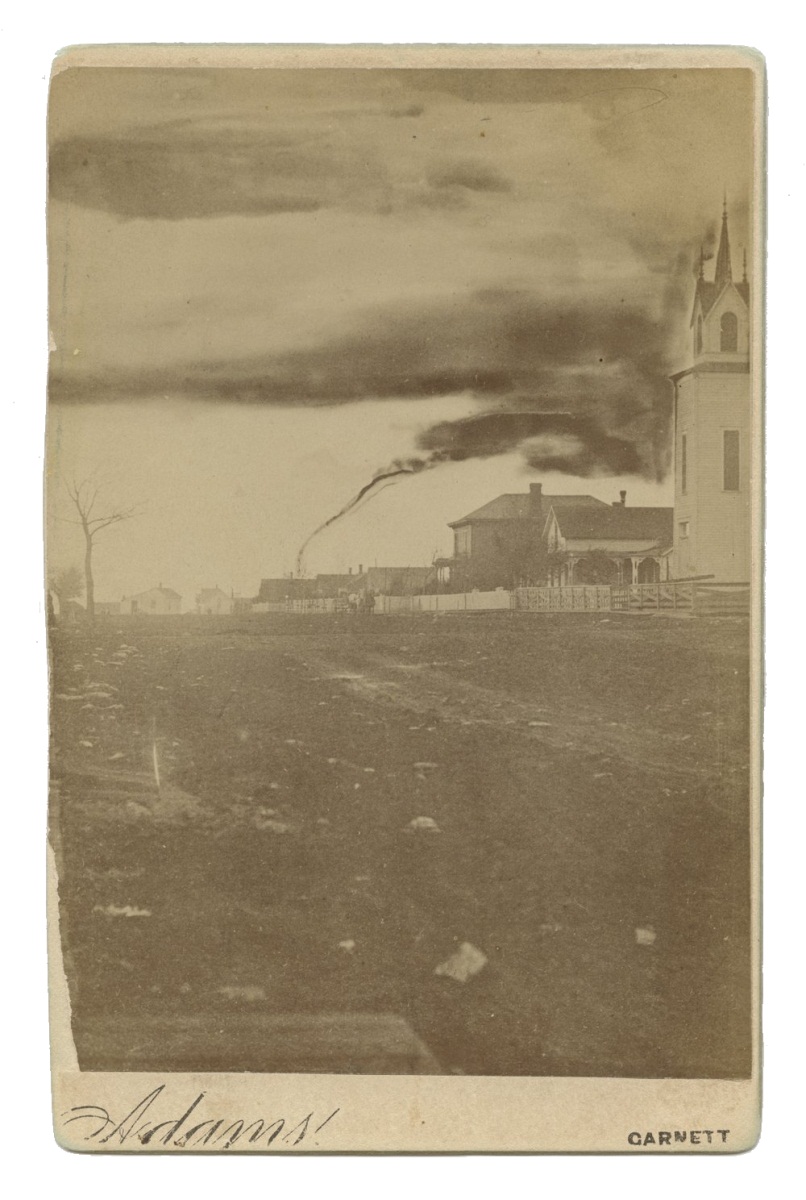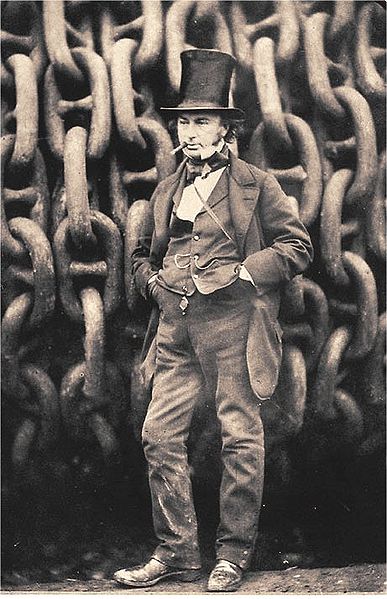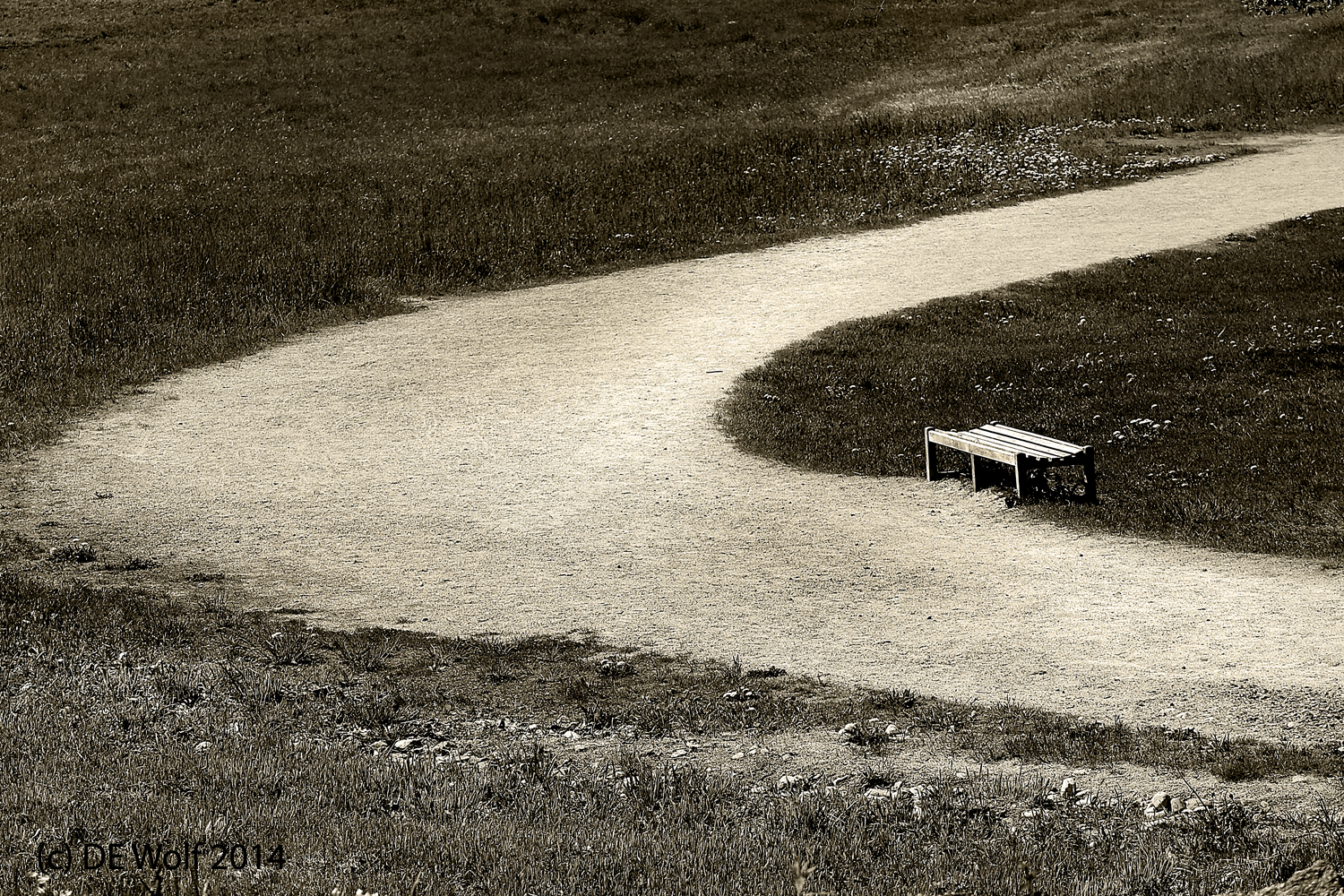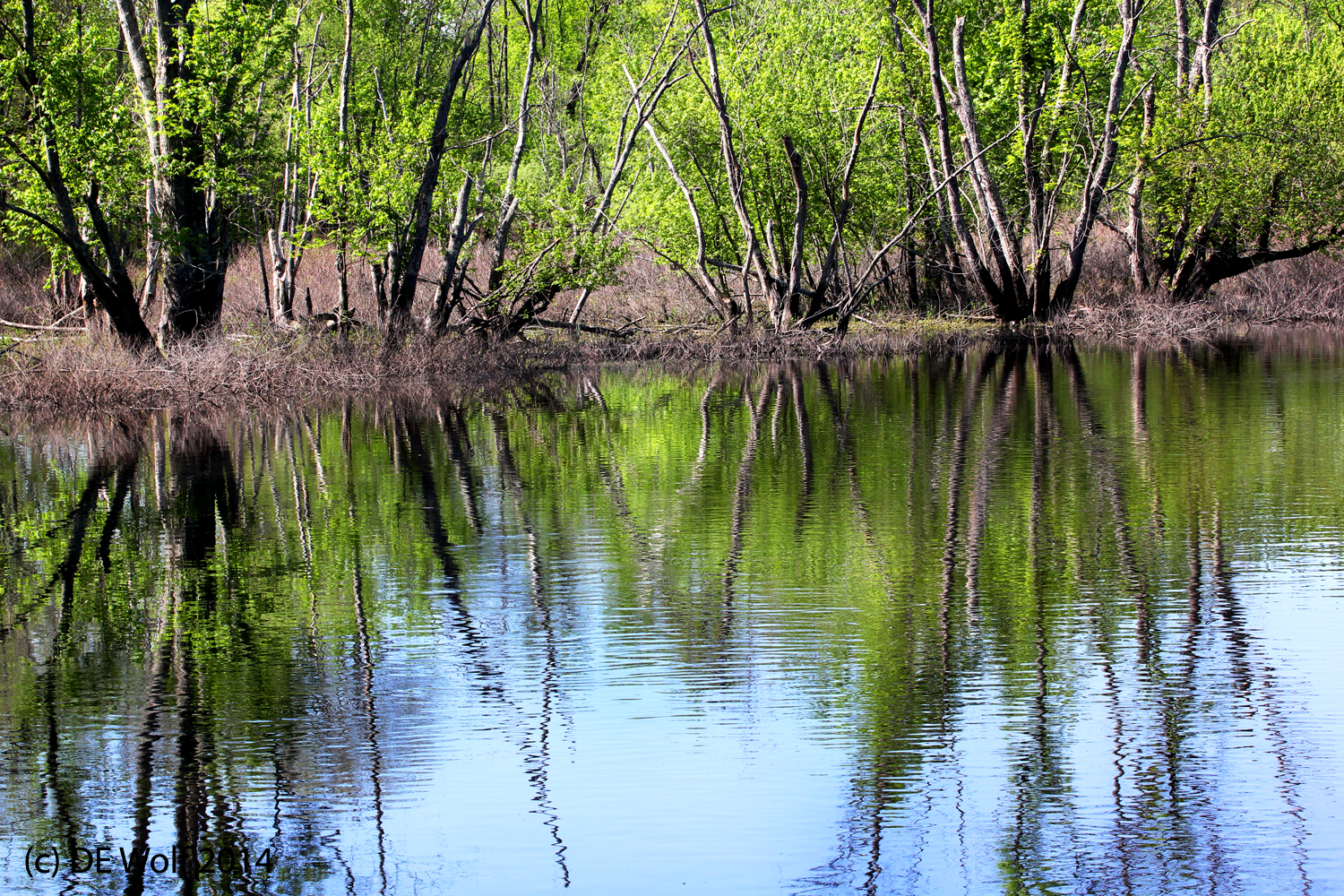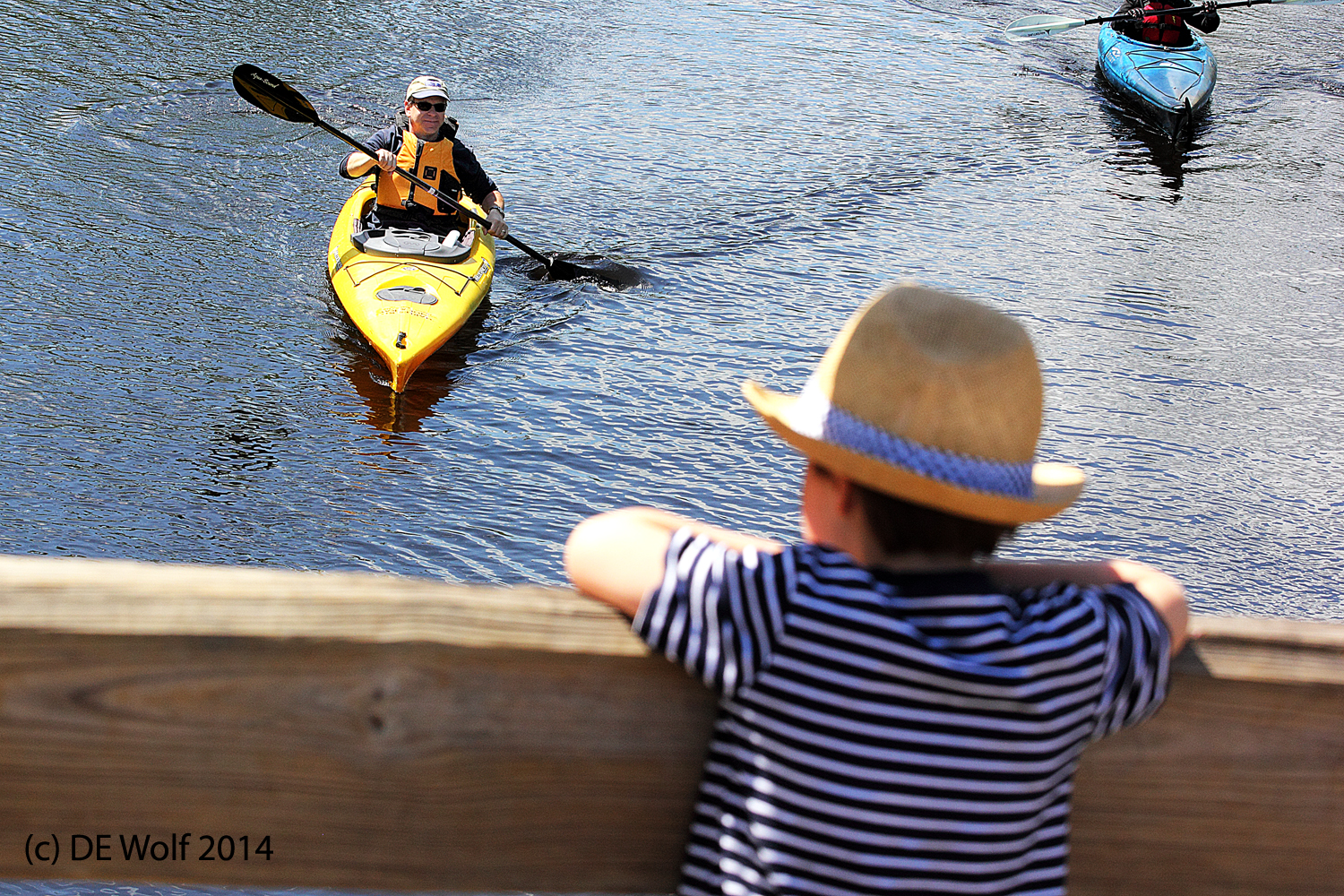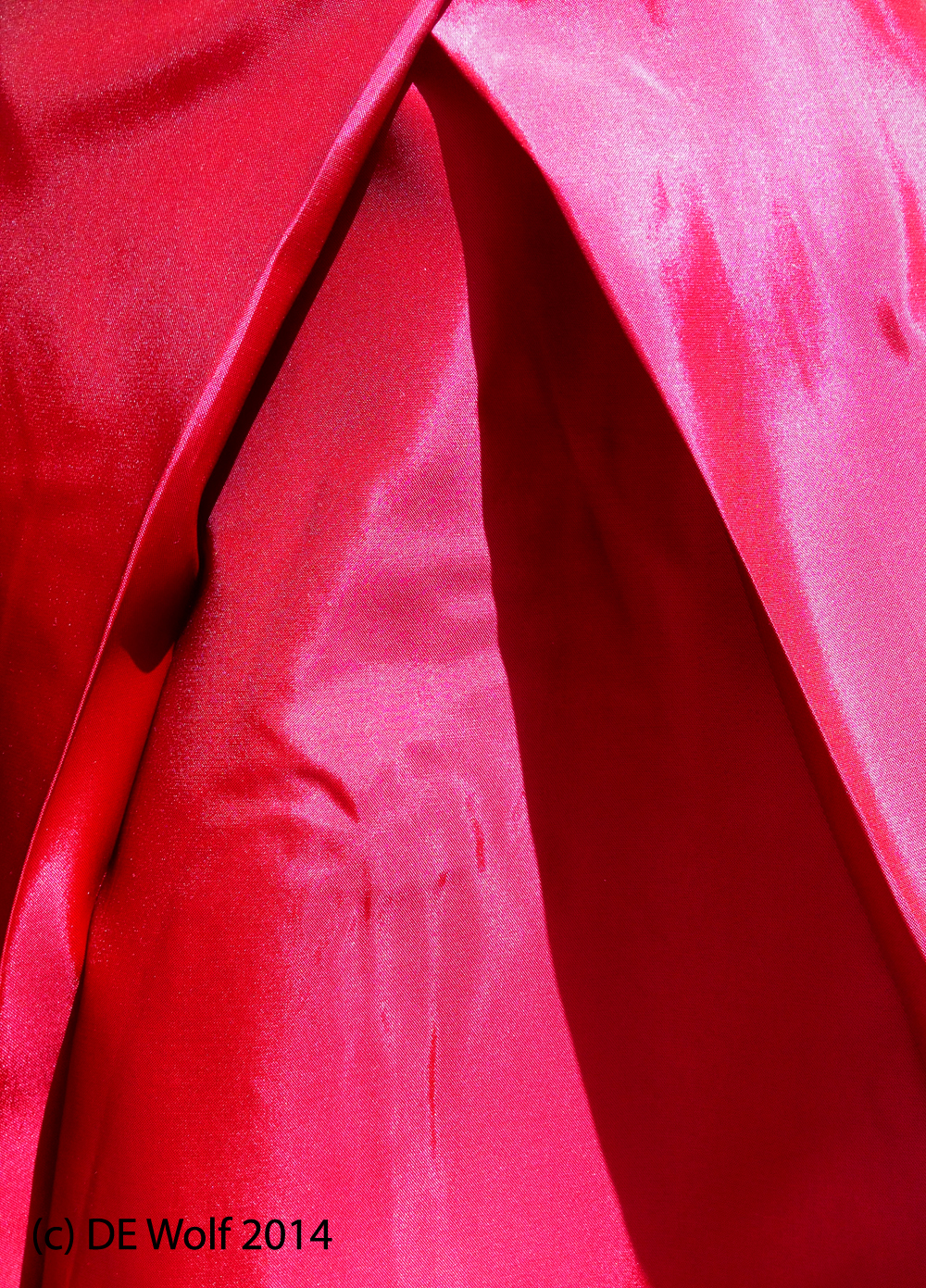I found myself once more at the Old North Bridge, National Historic Site, in Concord, MA again. It is one of my favorite places, and I gravitate there spontaneously seeking the photographic opportunity of any given day and time’s uniqueness of light.
It is always rewarding to wander off the main path, to try wherever you can to reach the river, even if you have to slog through a bit of mud to get there. There is one particular spot where you emerge to find an old cement landing. It is lost to time, but undoubtedly speaks to a different layout of the site. You can shut your eyes and imagine the laughter of swimmers fifty, maybe a hundred years ago – men in straw hats and ladies in white. There are two huge trees there, and these have suffered the ravages of termites. The have tremendous girth – and certainly date back to the nineteenth century. But they are partially hollowed out and you have to wonder just how long they will last. Perhaps they will sprout “suckers” and truly live forever. These are silent witness, sentinels on the river and they have witnessed a lot – but are silent and mum about just what they have seen.
On this particular day, in the crisp light of a bright but cloud-laden afternoon, skies threatening thunder showers, I was struck by how the light illuminated the mysterious cavern within this particular ancient one. There is a certain, yet profound, hermaphroditic ambivalence. And if you look closely into the carnivorous darkness there is a strange serpentine presence. It reminiscent of H. P. Lovecraft and beckons you to return to the well trodden road and the present.

